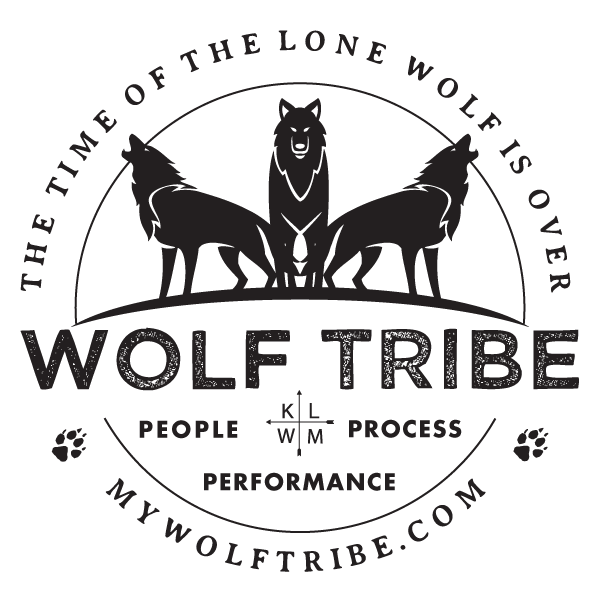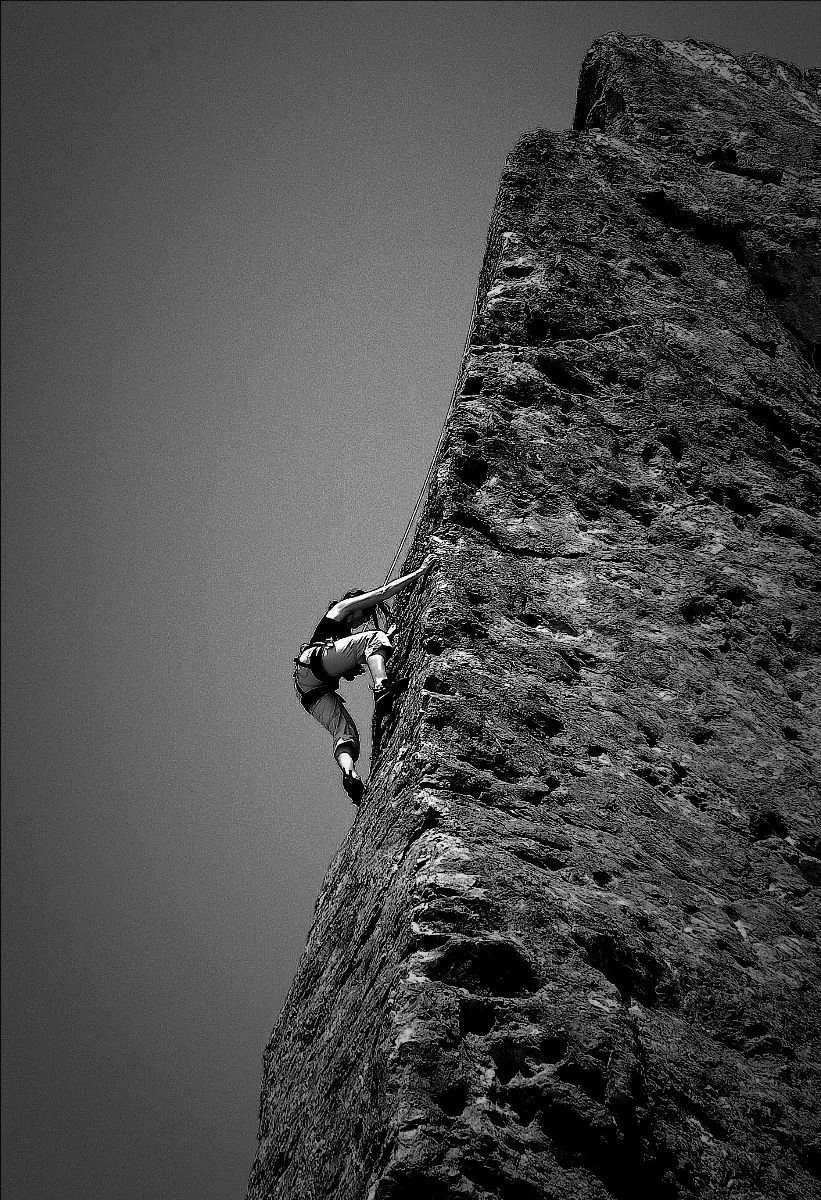Step 40 Up the Tribe Triangle: Making and Maintaining Flow State
“Those who flow as life flows know they need no other force.”
Lao Tzu
Flow state is a term from sports psychology that refers to the behavior of an athlete who is operating at peak performance. The same state exists in every aspect of our lives including relationships and business.
Flow state is an experience of full engagement in the process. Time passes quickly when we are in flow state and even though we may be immersed in epic challenges, they are more successful, creative and enjoyable than usual. New solutions to old problems appear and synergy between people and ideas arise as if by magic. Flow state is an experience of energy, focus and high performance. It is not magic or a mystery. The high growth and accomplishment of flow state can be created and maintained.
“The way you learn the most is when you are doing something with such enjoyment that you don’t notice that the time passes.”
-Albert Einstein
Flow state is understood and reproducible. Flow consists of six primary neurochemicals which include norepinephrine, dopamine, endorphins, anandamide, oxytocin and serotonin. These chemicals are released during certain activities that are connected to the pursuit of challenging and meaningful goals. These set of six chemicals create an experience of genuine well-being as well as high performance. Flow state is so fulfilling that people who have accessed it report it as being a high point in their life.
“Flow is more than an optimal state of consciousness, one where we feel our best and perform our best. It also appears to be the one practical answer to the question: What is the meaning of life? Flow is what makes life worth meaning.”
Steven Kotler
Flow state happens when the challenges we are facing are large enough they require our full attention but are not too big that they lead to doubt and indecisiveness. Managing that sweet spot for all the members of your family or team is one of the most common and ongoing challenges of leadership.
Undertaking those challenges is well worth it because flow state not only increases the quality of life for your people but the quantity of success you can create in your organization.
“The happiest people spend much of their time in a state of flow-the state in which people are so involved in an activity that nothing else seems to matter; the experience itself is so enjoyable that people will do it even at great cost, for the sheer sake of doing it.”
-Mihaly Csikszentmihalyi
Challenges of making and maintaining flow state
Experiences of being overwhelmed or ‘over your head’ lead to anxiety and loss of flow. These feelings come from projects or processes that are beyond the scope of your team or simply unfamiliar. If you feel or notice anxiety, dread and stress in yourself or your team, you are experiencing the signs of overwhelm that will inhibit flow state and peak performance.
The other side of that stress continuum is when people are underutilized and underchallenged. This will appear as symptoms of diversions such as social media scrolling, gossip and other forms of distraction and lack of engagement. Underutilized and underchallenged people will often be looking for larger, more meaningful challenges, teams and careers. Retention is a function of regular flow state.
Uninspired challenges lead to boredom and loss of flow. Flow state is not relaxed, it is highly energized. People need to care deeply about the challenge at hand for flow state to be possible. In addition, these challenges need to be inspiring and meaningful. One of the primary drivers of this is regular and repeated recommitment to the shared aspirational vision for the future that you and your team are heading towards. Flow state is the experience of being pulled toward that future vision yet simultaneously being fulfilled by the current process.
Flow state is both a product and result of focusing on a single, challenging activity that is both engaging and meaningful. Multi-tasking disables flow. Splitting your brain processing power across multiple challenges slows your decisions and actions down by 40%. To make and maintain flow we need to limit distractions by turning off notifications and anything else that diffuses focus.
Drivers of making and maintaining flow state
Write down your perfect day. As adults in this era of humanity, we all know what we should be doing and what we shouldn’t if we are living our perfect day. Things we should not be doing cause a loss of energy, vitality and focus. For most people this includes too much screen time, junk food and other low energy producing acts.
Activities we should be doing contribute flow energy to our day. These positive practices include meditation, nature, exercise and optimized sleep. Make that list and write it down. The closer we can hew to that perfect day, the more flow state opportunities we open up and the longer those states will last. This is a hard path to follow but the harder you work the more flow you achieve and flow is when life feels effortless. Flow is the feeling of overcoming resistance.
Flow state is both a result and contributor to confidence. We must have the skills to match the challenges that we face to be in flow. To face a challenge that is significant enough to warrant our full, flow state engagement we will need to have the mastery to match it. This can only come from battle-tested repetitions over time which is why regular flow state with your family or team only happens later in your culture development journey.
We can augment the potential and duration of flow by working around other aligned people in an active kinship community. Energy is either being gathered or lost by our life protocol and community. Either way, that energy is flowing. You can direct this flow by skillful leadership.
People in flow state describe the sensation as instinctive and the experience of knowing what will happen next. We can nudge this forward by focusing on the process or journey instead of the outcome or destination. Vision big. Work small.
“I entered a flow state. I’ve been there before while climbing. You are not thinking ahead. You are just thinking about what is in front of you each second.’
-Aaron Ralston, Professional Climber
Click here to watch the video of Step 40: Making and Maintaining Flow State
Leaders Must Write and Speak
Answer these questions in your journal by really writing them down. Discuss them with at least one of your most important people and really listen to their response.
What are 3 things you know you should not be doing in your day that distract you from flow state?
What are 3 lifestyle practices that increase your vitality and flow?
Where is your team either overwhelmed by too large of a challenge or unengaged because the challenge is too small and uninspiring?
Ubuntu,
Philip Folsom





